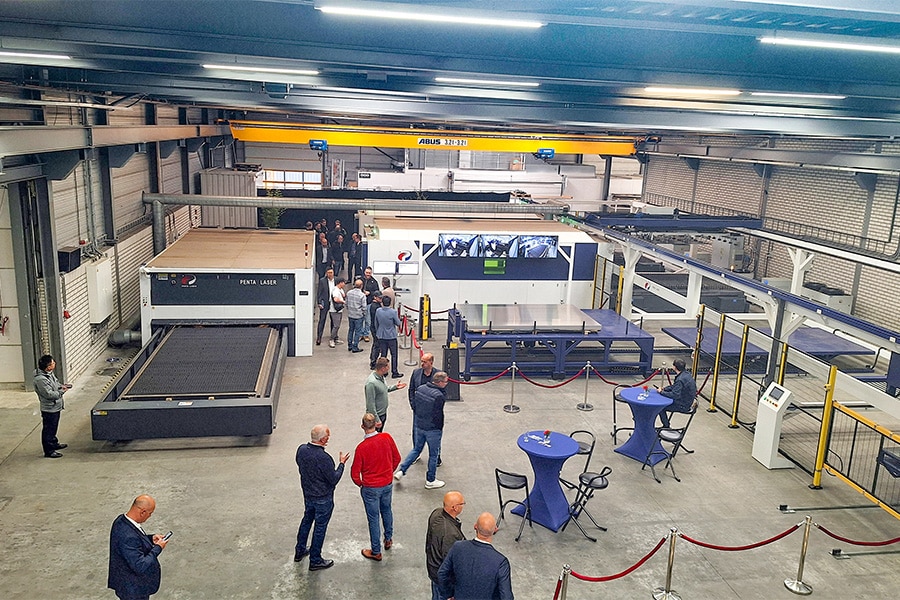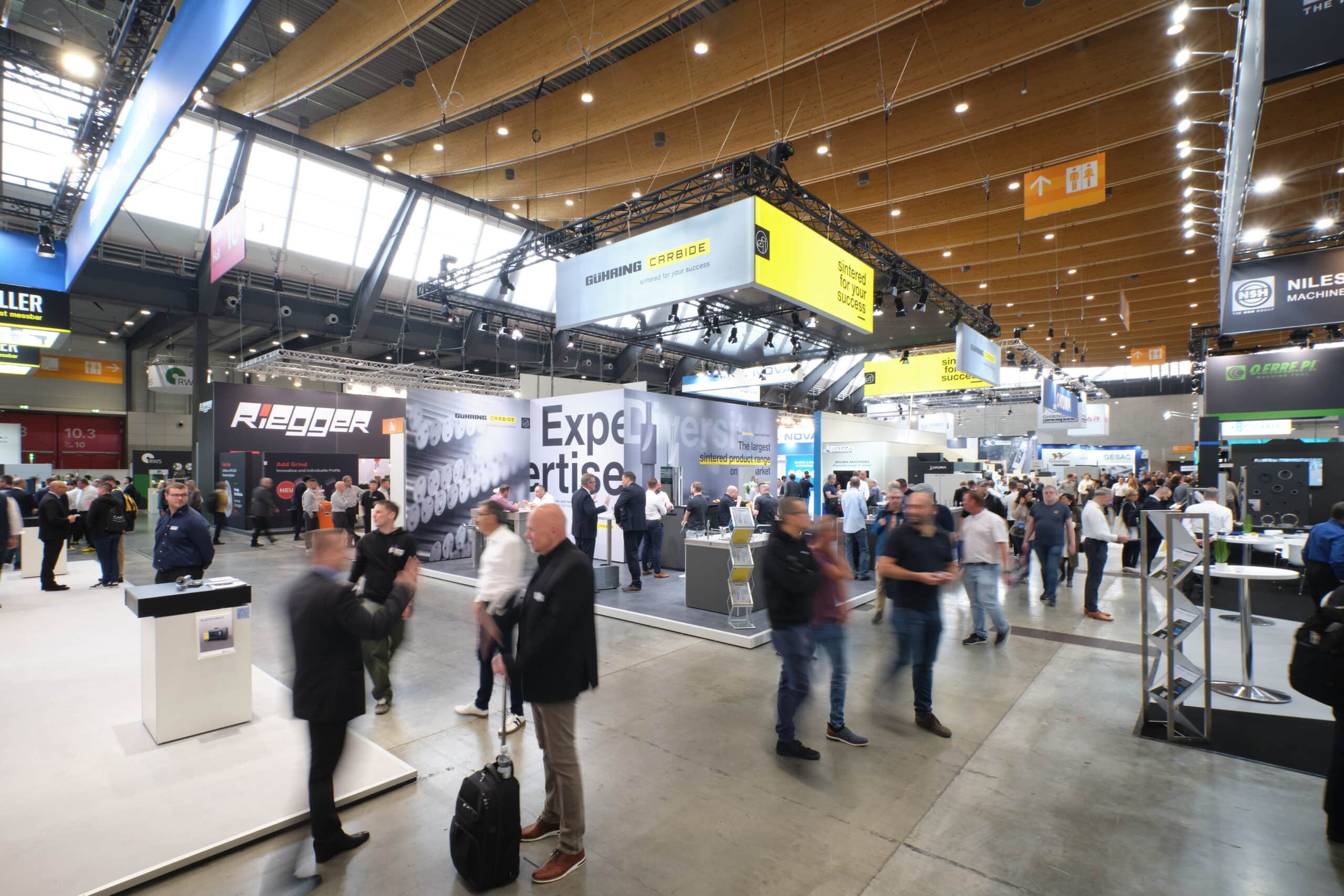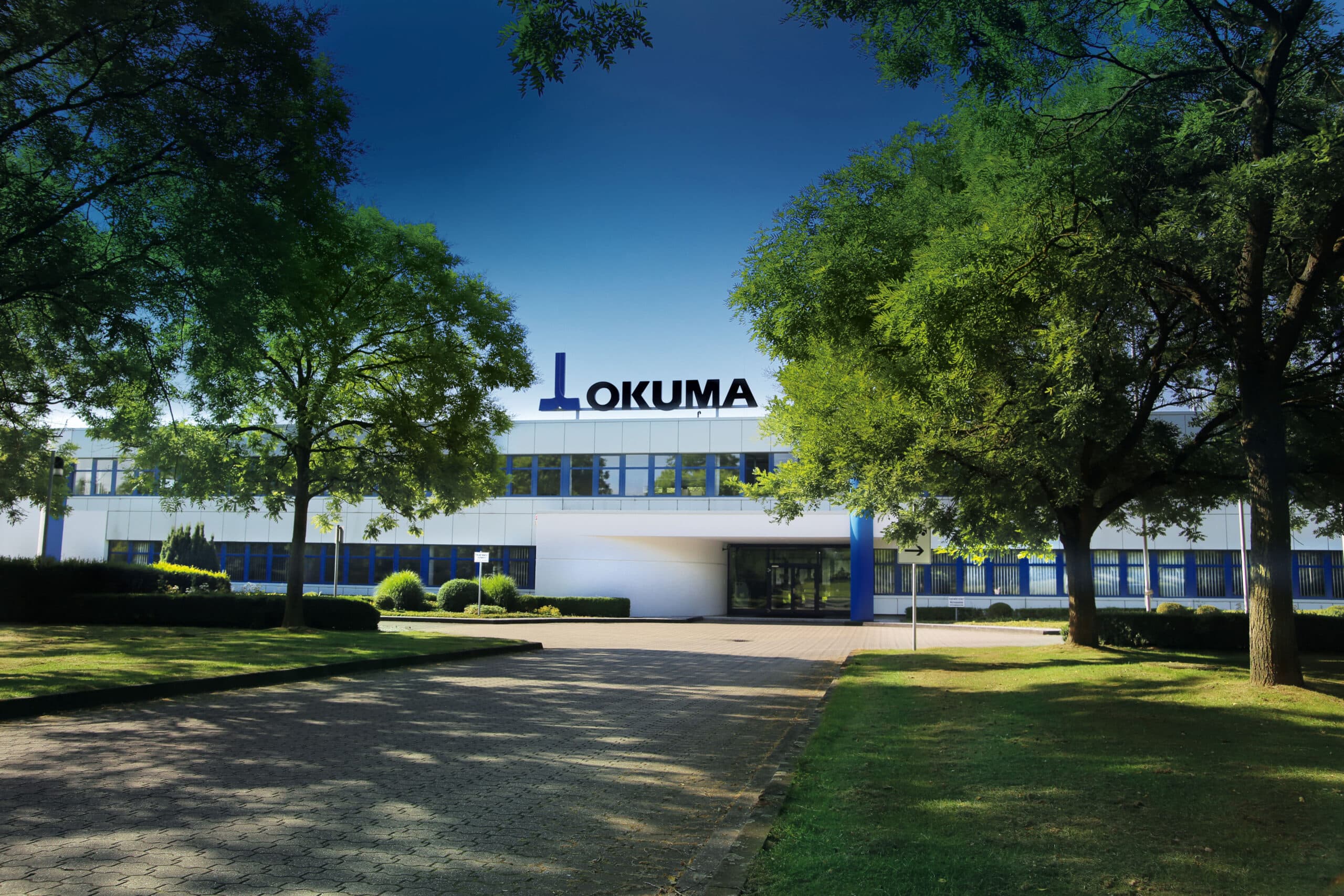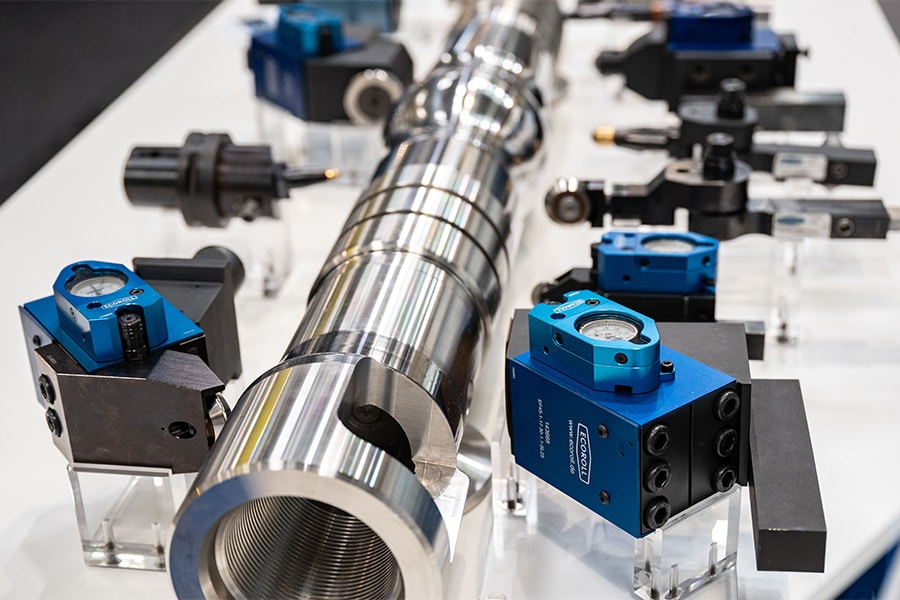
Present and future of laser cutting machines
Metaalvak polled the various Belgian suppliers and manufacturers about how they see the present and future of these sheet metalworking machines.
That there are still few suppliers who do not have a laser cutting machine says something about the popularity of these machines. "Those who want to be able to work flexibly quickly reach for a laser cutting machine," opens Kurt Decroix, general manager Amada Belgium/Luxembourg. "It is easy to program, users retain all the freedom in designs and they can be short on time in production and delivery." Still, there remains a place in a supplier's machine park for a punching machine. "Certain products will still be cheaper to make with a punch. It requires virtually no maintenance, consumes even less than a laser and has a lower purchase price. But for sheets thicker than 6 mm, people will soon turn to the laser." Lieven Louagie, senior sales manager Benelux at Prima Power, sees that for metal companies with their own product, the advantages of a punching machine can weigh even more heavily. "Another possible alternative is punch angle shears for thin and rectangular products. These have the added advantage that the cut does not impact the oxide skin, which does sometimes show itself when laser-cut pieces are painted. But admittedly, there are few suppliers left who don't have a laser on hand."

Solid market leader
The fiber laser cutting machine has completely turned the tables on the CO2 laser. Where in its early days it seemed to have a life in the thin work up to 4 mm, today, due to increasing power and improvements in beam quality, it is firmly the market leader. Hans van de Meerakker, sales manager Benelux at Bystronic sees him pushing the CO2 laser cutting machine completely out of the market: "In my view, the CO2 laser is doomed to disappear. The dashes ahead that a CO2 laser can offer no longer outweigh all the advantages that a fiber laser cutting machine can throw into the fray in terms of speed, maintenance and consumption. Especially when beam quality improves even further, which is expected. It will also gain ground in the coming years in the market traditionally attributed to plasma cutting and water blasting. Today, formats 3015 and 4020 have pretty much become the standard." LVD also sees the fiber laser continuing to close the gap with plasma cutting.
"As with the bending machines, there is a trend toward one size fits all. The combination of a bevel cutting head and high laser power puts laser cutting machines in the crosshairs of the large plasma cutters. Lower heat input, higher accuracy and the ability to cut sharp corners and small holes are then strong trump cards," says Laser Cutting Machines product manager Kurt Van Collie.

Who will be on the second step?
TRUMPF supplier V.A.C. MACHINES believes that the CO2 laser will retain its right to exist alongside the fiber laser. Managing director Karel Vincke: "The better cutting quality and higher process reliability due to its longer wavelength still convince customers of the usefulness of a CO2 laser today. This will remain so in the coming years. Especially when they have both models running in production, the differences are still clearly noticeable." For Louagie, it's clear. Not the CO2 laser but the DDL laser will run the gauntlet in the future. "Because it can raise the bar again both in terms of speed and cut quality. Very soon Prima will already show some nice things in this field. For a CO2 laser, I haven't had to make an offer in the last two years. That says it all."

More than just power
That there is currently a race in capabilities in fiber laser cutting machines is hard to deny. Every major trade show, real or virtual, shows how the bar has been raised yet again. Van Collie: "The fiber laser has definitely not reached its limits yet. Power levels continue to rise to 15, 20 and even 30 kW. Once they become affordable, their market share will grow, because also in terms of cut quality, powers from 10 kW upwards offer a lot more possibilities." Everyone agrees that higher powers are not the only way to further improve cut quality. "Amada is at 12 kW today. Higher powers can lead to problems with lens and cutting head. The cooling units must then also be a lot larger, which means the machine will consume more energy. We are still continuously improving the cutting quality in order to be able to cut without burrs without using too much power or too much cutting gas. We are doing this on the one hand by building larger diode modules for better beam quality (currently 4 kW per module). On the other hand, by applying new techniques such as LBC. The laser beam then follows a certain pattern at a very high speed, which makes it possible to pass over the same surface more than once to remove the last burr and to do this at even higher cutting speeds," says Decroix.
Adjustments in cutting gases and jet
Prima Power is also looking at the gas mixture and how it can contribute to better cut quality. "The gas mixer is relatively new and looks for the optimal mixture for customers according to the material and what they want: more speed or better quality." Evolution continues to move very fast at TRUMPF as well. "With technology such as BrightLine Fiber, we can achieve focus diameters up to four times larger than standard values. That means coupling more power into the sheet, better cut quality and being able to cut pieces in thicker materials more easily from the residual grid. With Active Speed Control, the machine will self-regulate its cut. Where the material allows, the machine will cut faster, where it is more difficult to cut, it will take the material into account. So quality and productivity can go hand in hand. In the coming years, we expect further increases in laser power. The limiting factor for productivity will then no longer be the machine but the processes around it. That is why we are also investing hard in other developments that can respond to this."

More and more automation ...
That is immediately the second spearhead for R&D by manufacturers of sheet metal working machines in general and laser cutting machines in particular: automation. Decroix: "Because of the variable beam that fiber laser cutting heads have today, a wider cut can be generated for easier sorting out. Furthermore, the software has evolved to the point that it can automatically determine the correct take-up positions. Cost is the threshold today, not technical capabilities." Van Collie does point out another point of interest: "The speed of the fiber laser is going higher and higher. Then you have to make sure that the systems for part picking can follow the cadence of the machine. Otherwise it will be at a standstill again anyway."

... and integrate
Prima Power has never been big on stand-alone machines and has always played the card of automatic solutions. "Because there are too few hands in Western Europe and they cost too much money. In ideal circumstances, a robot on a laser cutting machine pays for itself in as little as two years. But it can go even further to fully integrated lines where sheets go in as raw material and, several operations later, come out as a fully finished product. It is clearly moving in that direction," Louagie points out. Indeed, sorting out is proving increasingly suitable for suppliers as well. "Of course, much depends on the products that are made, but the tandem of gripper technology and software often already offers a solution for products that are difficult to sort out automatically at first sight. This is a development that can no longer be stopped. Our Competence Days in June will show what we have to offer in this respect," van de Meerakker concludes.



